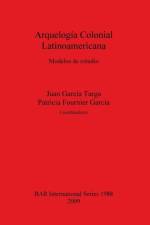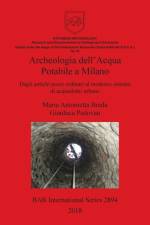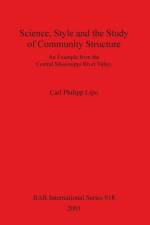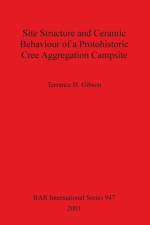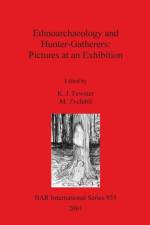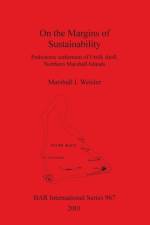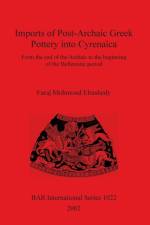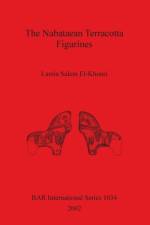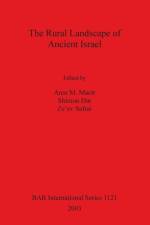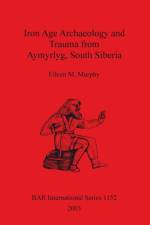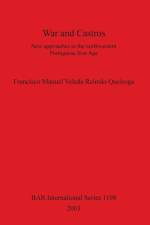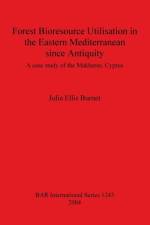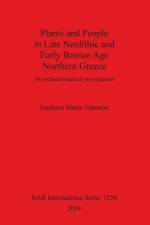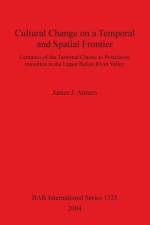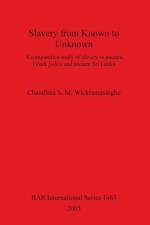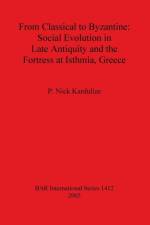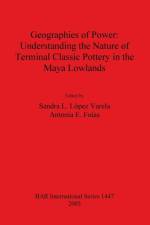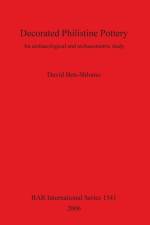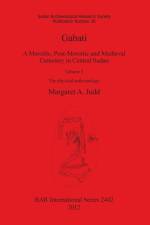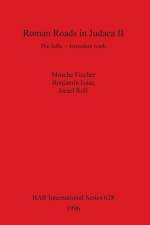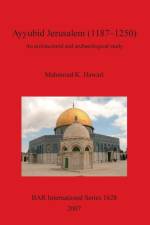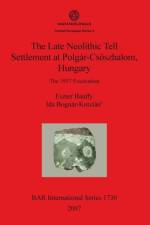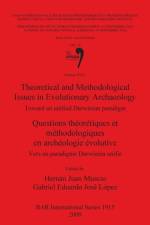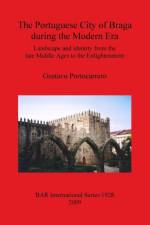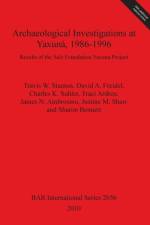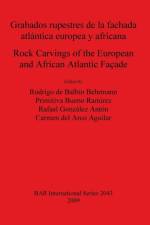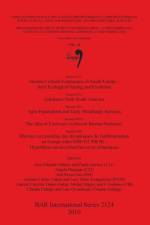99,00 €
Israel is, and always has been, a geographical, historical and most importantly cultural crossroads, linking three continents, three of the great ancient religions, and thousands of years of history and culture. Archaeology in this region has always been interested in urban areas, in ancient sites such as Jerusalem, but the rural area of this country has always been neglected. This is suprising considering that this has always been a region of small settlements, villagers, and herdsmen, such as those depicted in biblical sources. This study is aimed at depicting the wide ranges of rural lifestyles that have been present in Israel over the various periods of history. There are reports beginning with the Early Bronze age, passing through the Iron Age, Hellenistic, Roman, Byzantine, and ranging as far forward as the period of occupation under the Mamlukes. This effectively spans the periods from the late Prehistoric through to Modern times. There are 10 reports in this study, and they deal with various artificial aspects of the rural way of life in ancient Israel in terms of the history and archaeology of various sites, and these reports deal with a number of sites or areas during a specific time-span. Studies focus upon particular themes such as Economic Activities (e.g. agriculture or trade), Settlement Patterns and Processes, and the Physical Construction of rural sites (e.g. village layout, architecture, roads and communications). The ten studies present do not cover the area that so wide-ranging a general title would suggest, but they do cover a large range of topics and archaeological methods. The first topic in this report is one giving an overview of Landscape Archaeology in the Southern Levant Region, going over various methods and practices carried out. This gives a good introduction to the report, and subsequent reports gradually build up a picture of the rural landscape of Israel. One interesting and unusual approach is taken by the contribution of J.Schwartz, whose report on "Dogs in Ancient Rural Jewish Society" is of particular interest. This perspective of study focuses on rural Israel in terms of sheep/herding dogs, hunting dogs, guard dogs, and the kufri-dogs (a sort of tamed wild dog or Jackal). This is a good example of how this study tackles life in rural Israel and gives an interesting and approachable account.

